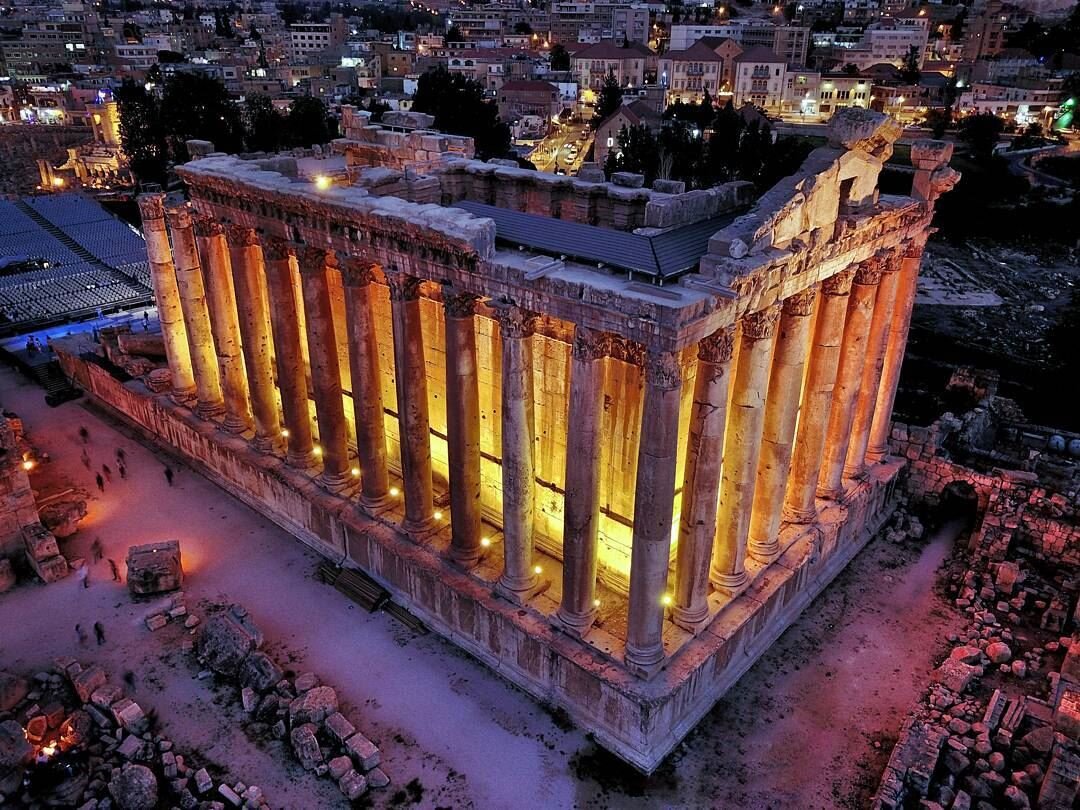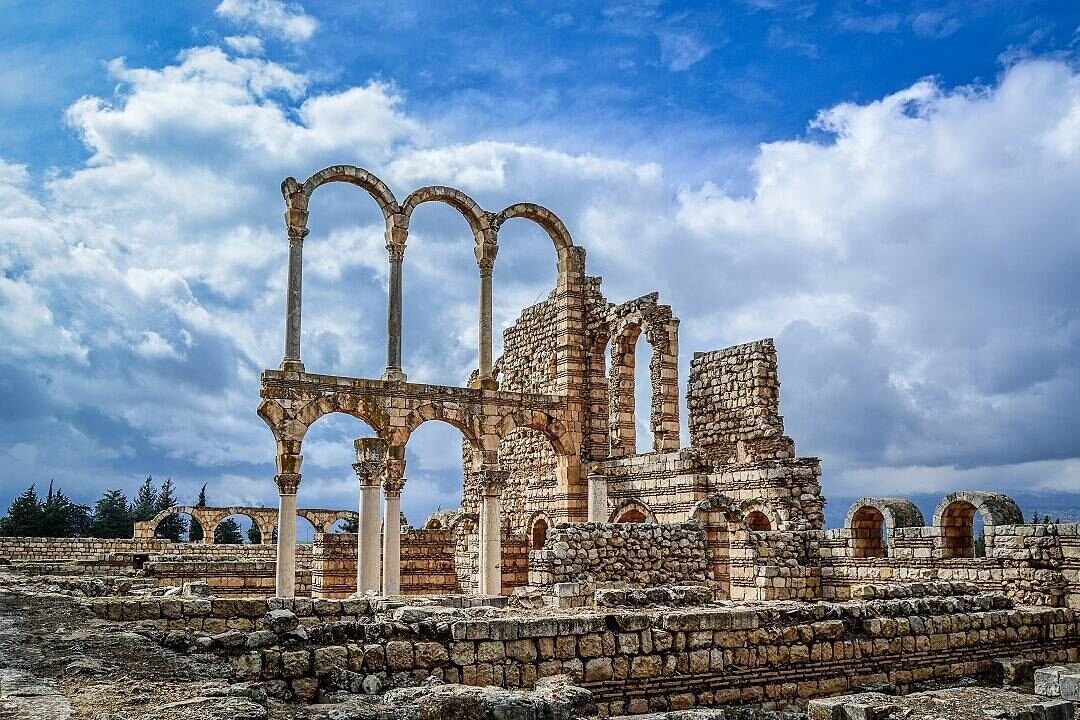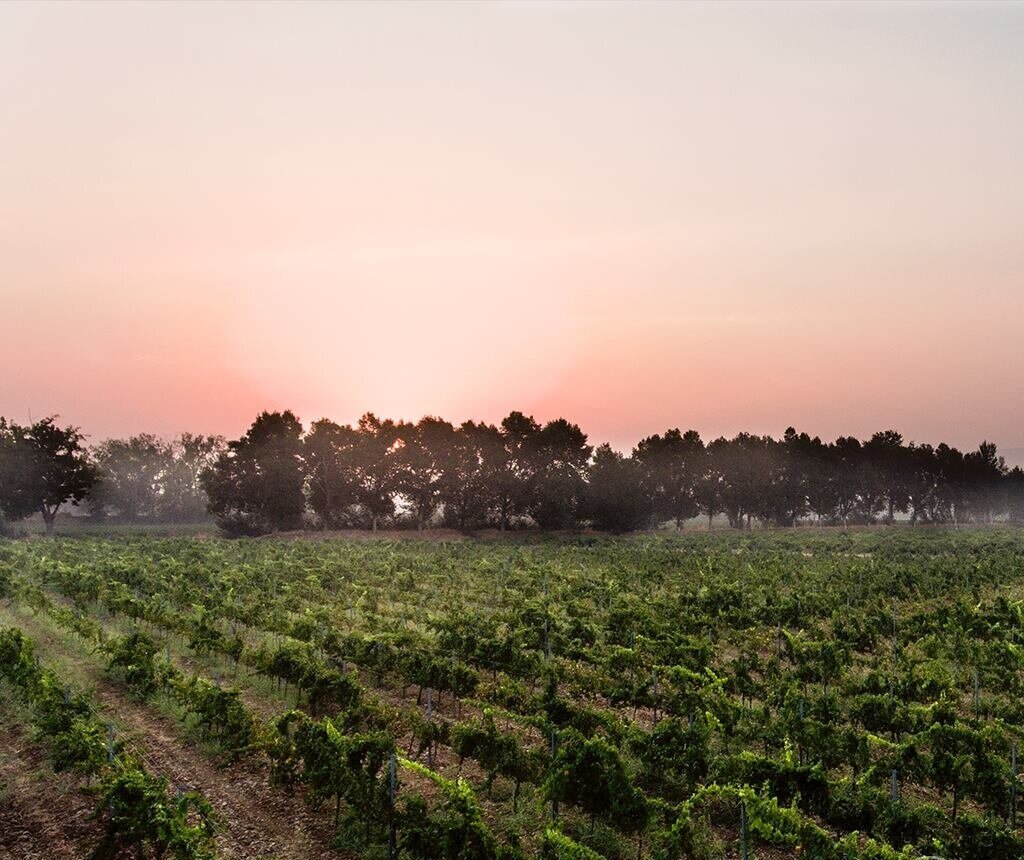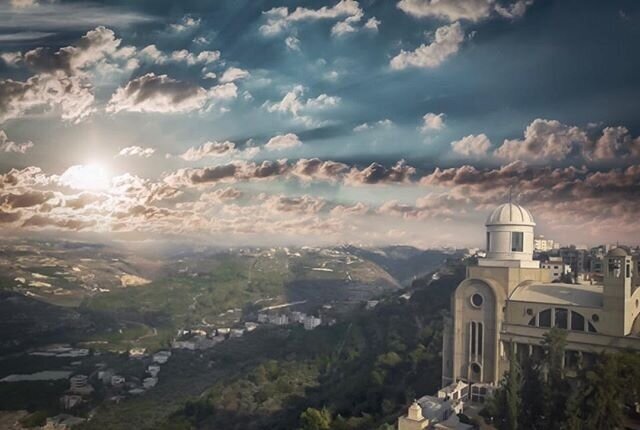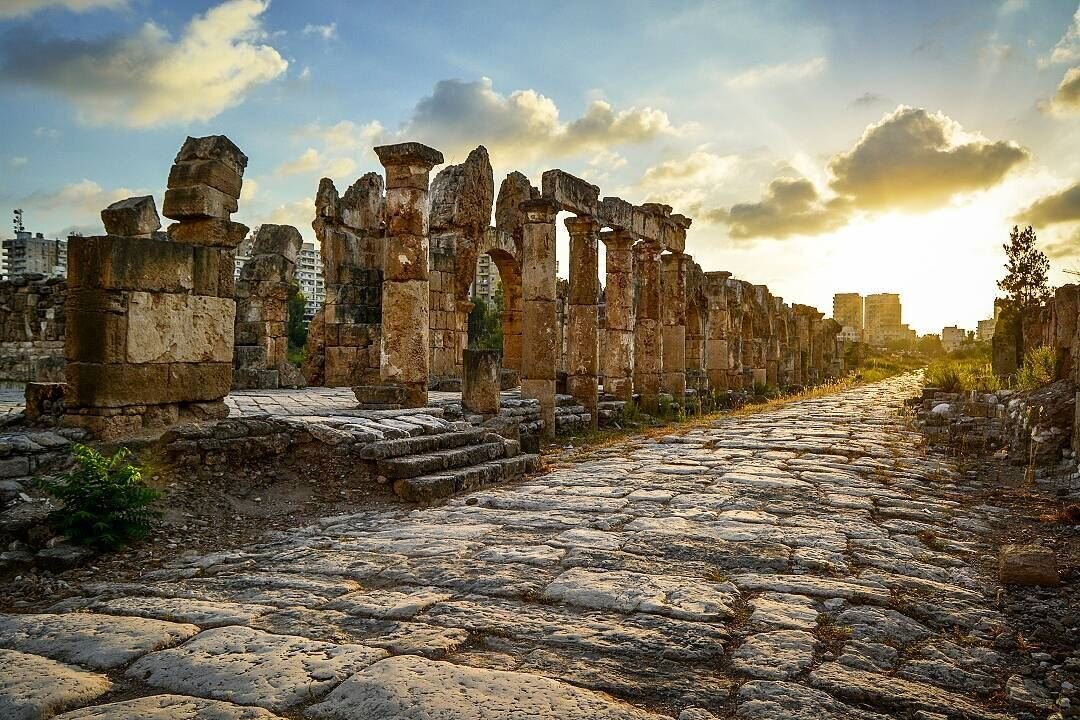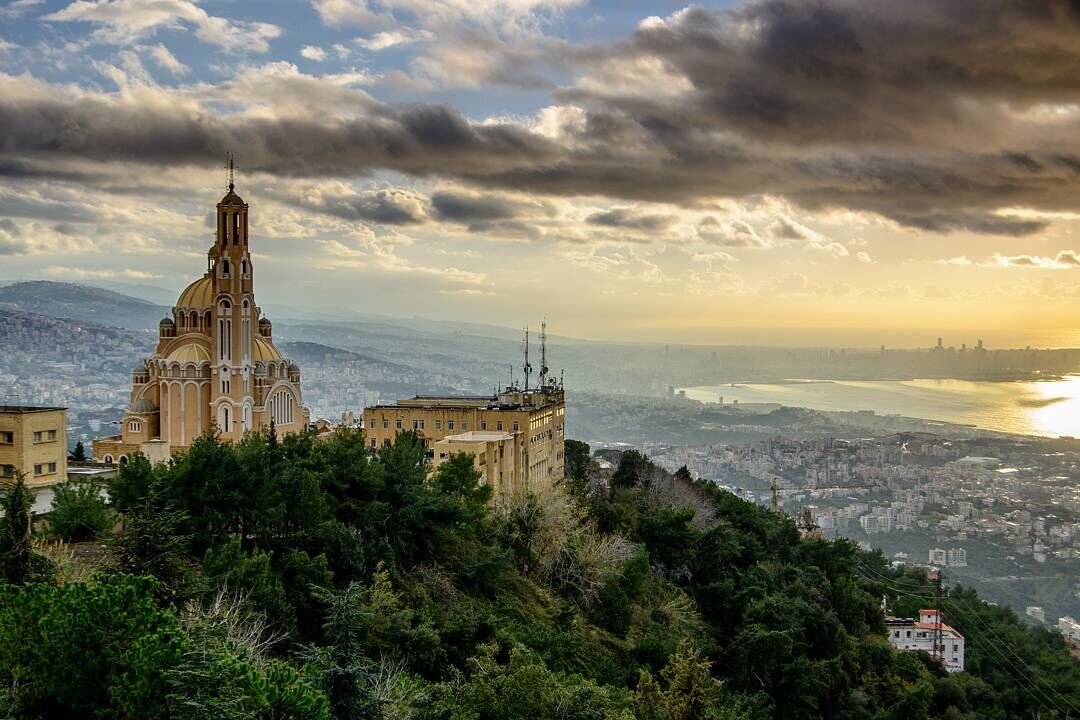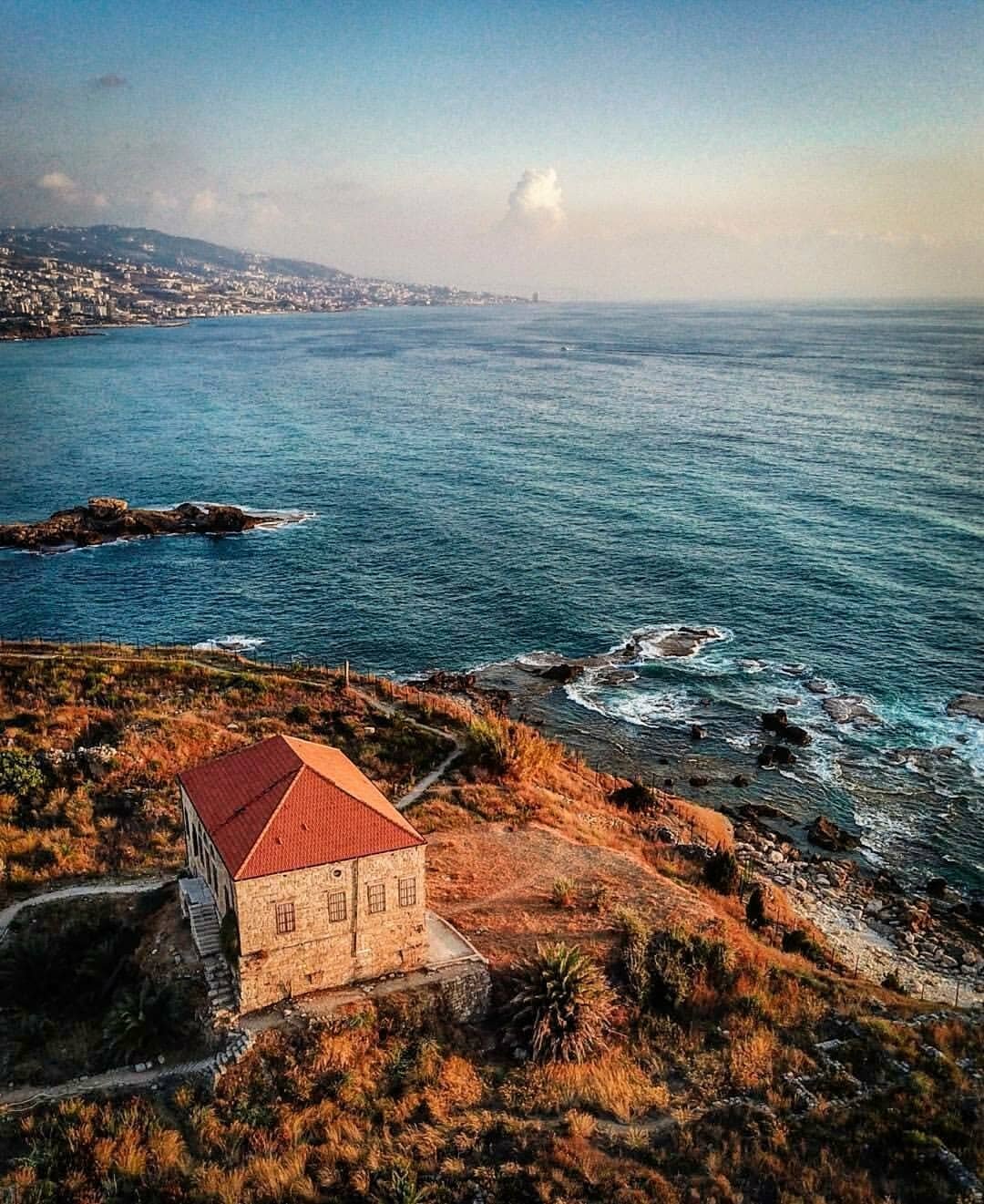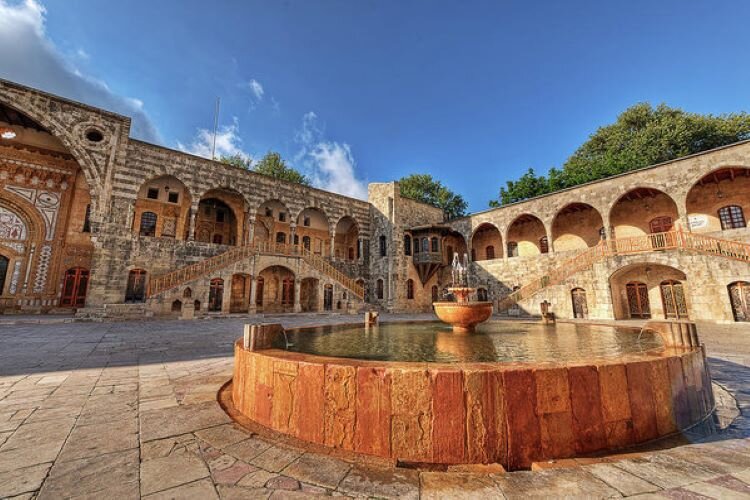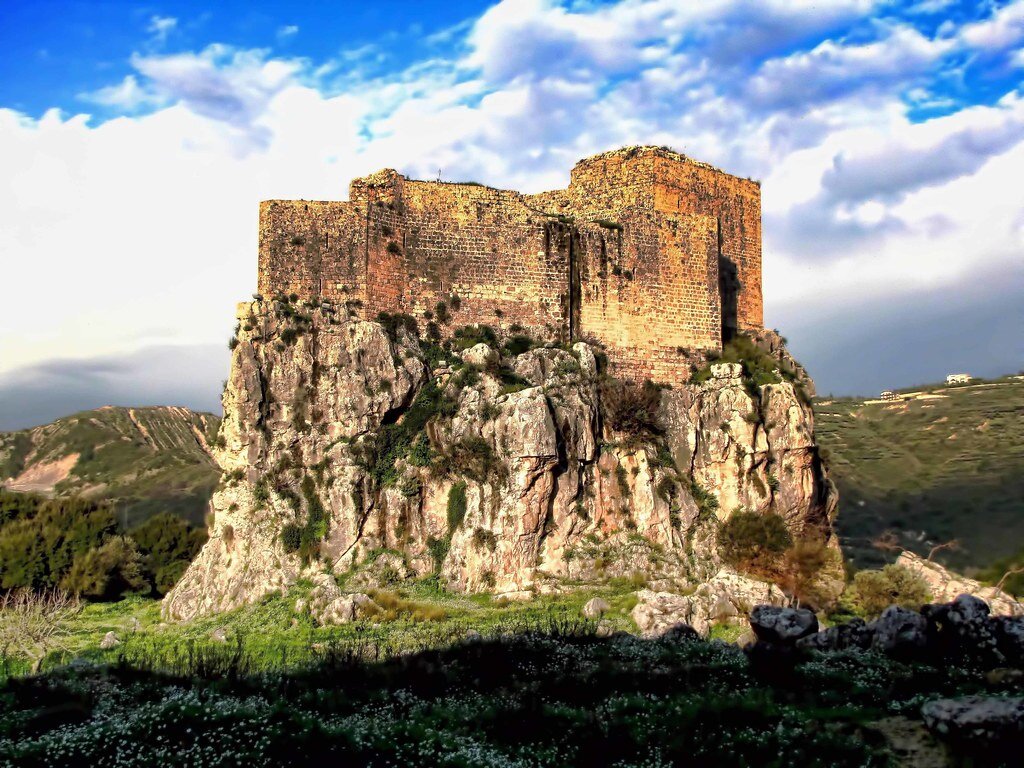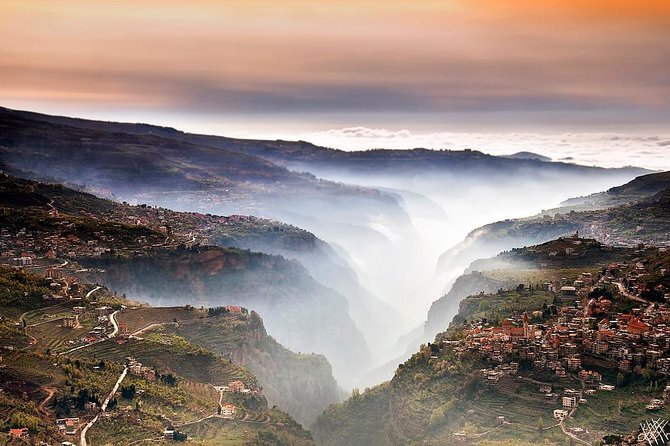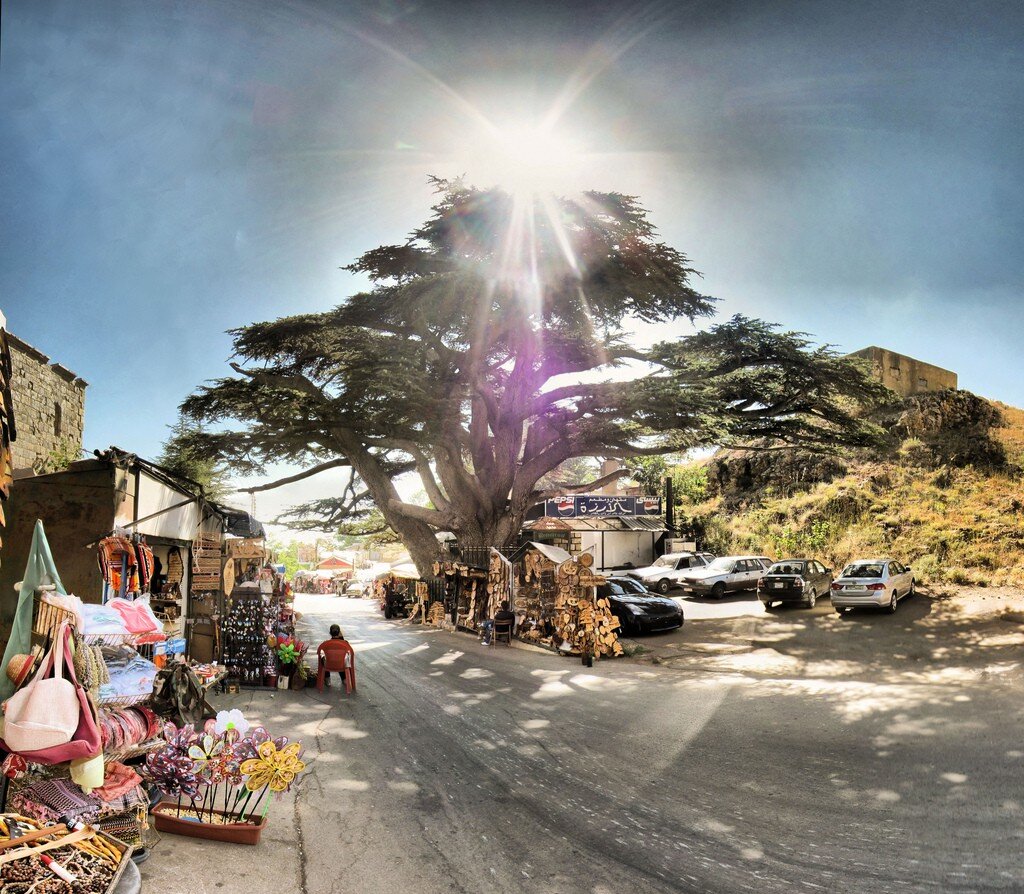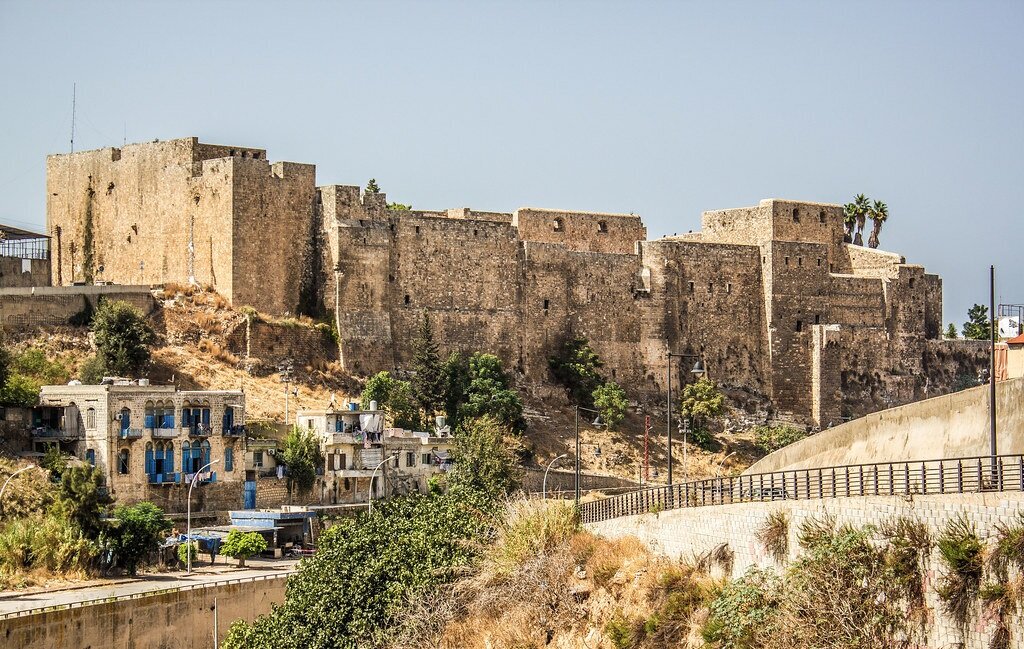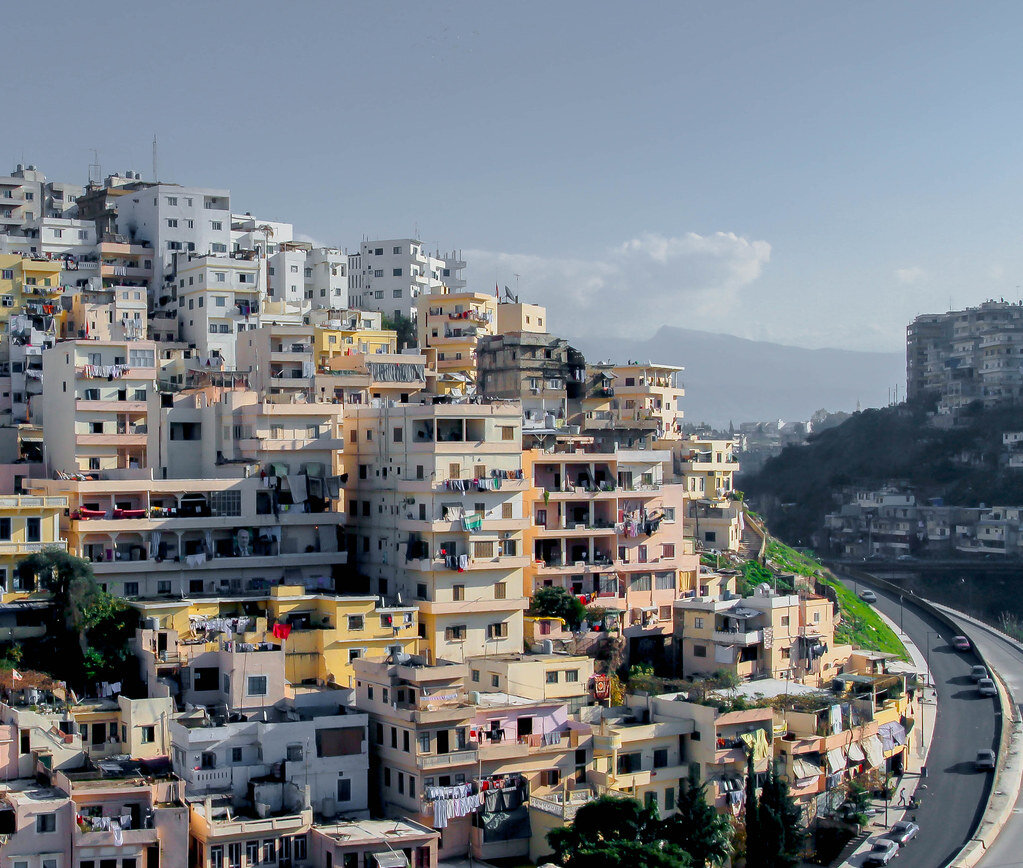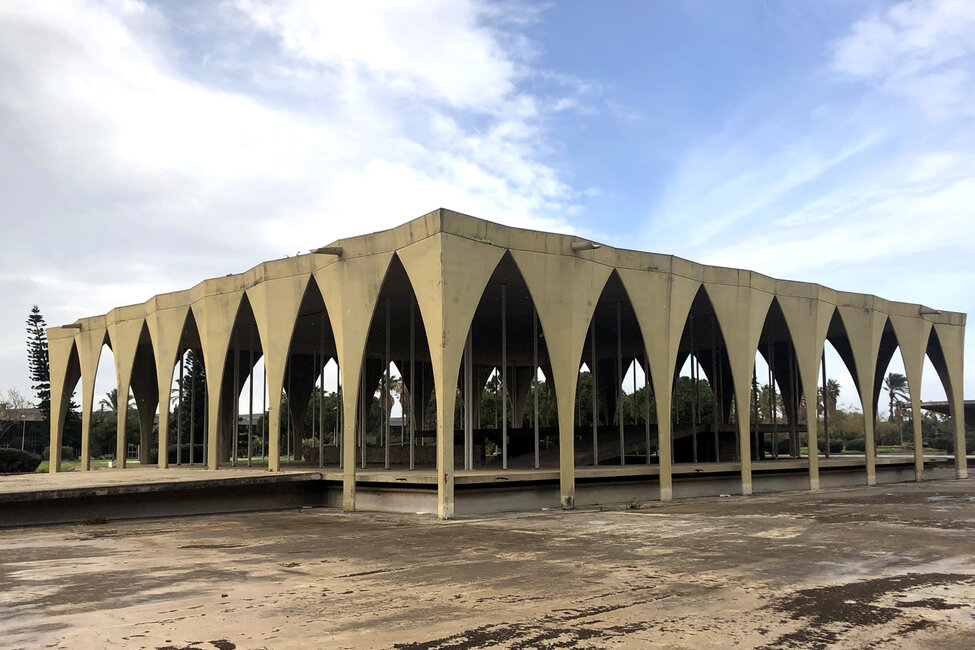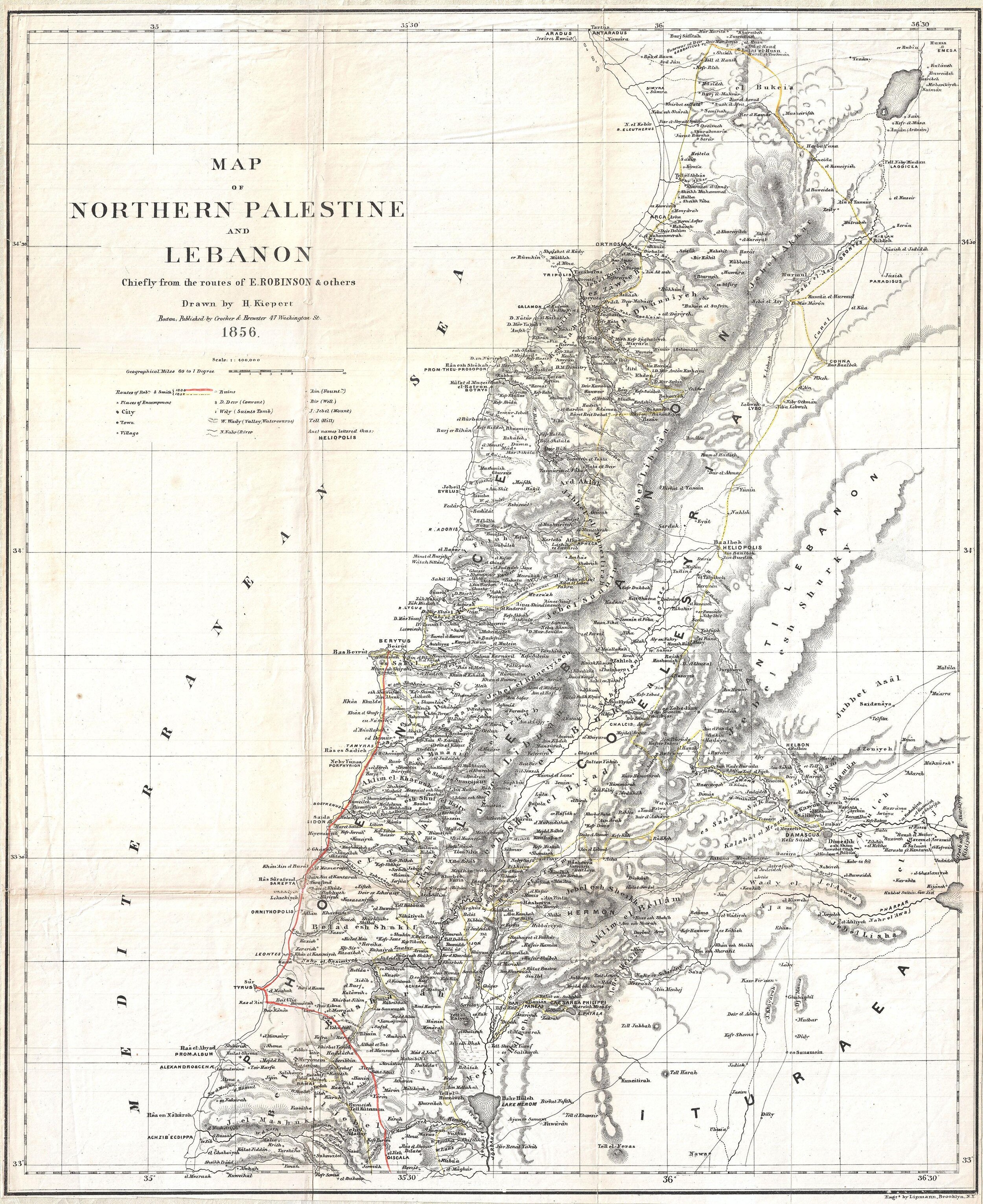Group Tours
THE Price IncludeS :
Pick-up Drop-off from Hotel in Beirut
Educated driver / Guide in English
Small Group for Superior Experience (9 PAX maximum)
Transportation in a Modern Air-conditioned vehicle
Wi-Fi on-board
Entrance Fees
Snacks
Baalback , Anjar & Chateau Ksara
90$/Person
Total admissions include basic wine tasting
Our day starts with Baalback also called Heliopolis, we will visit the roman ruins of 3 temples. Hitting the tour with a city full of diverse culture and mixed architecture, Anjar owns a charm like no other, a place not to be missed. Our last stop is Chateau Ksara, Lebanon's Largest winery.
MORE INFO ➔
Baalbeck: Today the ruins of Baalbeck stand as one of the famous historical treasures in Lebanon. For the past decades Baalbeck was known to witness very rough wars that made her today a leading location for tourist. The temples were built starting the first century BC and are UNESCO world heritage site.
Anjar: The town's establishment is normally attributed to the Umayyad caliph al-Walid I at the beginning of the 8th century as a palace-city .However, historian Jere L. Bacharach claims it was al-Walid's son, Al-Abbas, who was responsible for Anjar's founding circa 714 CE, citing the Byzantine Greek chronicler Theophanes the Confessor, who recorded that al-Abbas built the town. After being abandoned in later years, Anjar was resettled in 1939 with several thousand Armenian refugees from the Musa Dagh area.
Ksara: Lebanon is known to produce to the world one of the best dry red wine ever. Ksara a beautiful region located in the heart of Bekaa is famed for its vast and rich winery, huge caves and professional raisins treatment, always carry the best tasting diversities of wine to ensure their visitor an unforgettable experience.
Sidon , Magdouche & Tyre
90$/Person
Starting by the city of Sidon it's located on the Mediterranean coast of Lebanon. This ancient Phoenician city has been of great religious, political and commercial value; it is said to be inhabited since 4000 B.C. The next stop into Maghdouche where the typical Lebanese village rise and where the religious location is many, the famous one is Saydit al Mantara. Finally, Tyre the queen of seas, the island city and where Roman Bay resides.
MORE INFO ➔
- Sidon: Sidon, known locally as Sayda or Saida, is the third-largest city in Lebanon. Sidon has been inhabited since very early in prehistory. The archaeological site of Sidon II shows a lithic assemblage dating to the Acheulean, whilst finds at Sidon III include a Heavy Neolithic assemblage suggested to date just prior to the invention of pottery. It was one of the most important Phoenician cities, and it may have been the oldest. From there and other ports a great Mediterranean commercial empire was founded.
- Magdouche: Maghdouche, or the Lady of Mantara is a touristic site with 8 meter and a half bronze statue of the Virgin Mary, who is believed used to wait for Jesus while he was preaching in Sidon. Exploring the church and learning more about the historical facts of this region is priceless. Not to forget to explore this peaceful place and live the traditional village experience and also learn about their specialty, harvesting the orange flower and using it in several local products.
- Tyre: Tyre, a city with history, is rich with several interesting activities. Visiting the archaeological sites, the Roman Necropolis and the Hippodrome is everything. Tyre is also famed for its beach, so if by chance you are visiting in summer Tyre is the number one destination for an unforgettable experience by the sea.
Byblos , Harissa & Jeita Grotto
80$/Person
Total admissions include One-way cable car
Our visit starts with Jeita Grotto, two majestic separate, interconnected karstic limestone caves. The caves were nominated as one of the seven new world wonders & followed by the Lady of Lebanon and experiencing the gondola-lift known as Teleferique (Harissa). Ending by Byblos the Phoenician city.
More Info ➔
- Jeita Grotto: It's a system of two separate, but interconnected, karstic limestone caves spanning an overall length of nearly 9 kilometres (5.6 mi). The caves are situated in the Nahr al-Kalb valley within the locality of Jeita, 18 kilometres (11 mi) north of the Lebanese capital Beirut. Though inhabited in prehistoric times, the lower cave was not rediscovered until 1836 by Reverend William Thomson ;it can only be visited by boat since it channels an underground river that provides fresh drinking water to more than a million Lebanese.
- Harissa: It's a municipality that consists of two villages , Harissa and Daraoun, in the Keserwan District of the Mount Lebanon Governorate of Lebanon. The municipality is located 27 km north of Beirut. Its average elevation is 550 meters above sea level and its total land area is 435 hectares. Harissa is accessible from the coastal city of Jounieh either by road or by a nine-minute journey by a gondola lift, known as the Téléphérique. Harissa is home to an important Lebanese pilgrimage site, Our Lady of Lebanon. It attracts both pilgrims and tourists who want to enjoy views of the bay of Jounieh.
- Byblos: Byblos, known locally as Jbeil and in the County of Tripoli as Gibelet, is the largest city in the Mount Lebanon Governorate of Lebanon. It is believed to have been first occupied between 8800 and 7000 BC and continuously inhabited since 5000 BC, making it one of the oldest continuously inhabited cities in the world.
Beirut , Beiteddine & Cedars
90$/Person
Beirut, the capital city, is one of the oldest cities in the world. The journey starts from here. Where the diversity of this city is the key of charm. Our next stop is all the way to Beit El Din to visit the Palace which is a masterpiece of the early 19th century Lebanese architecture built by Emir Bechir Chehab II around a small Muslim-Druze hermitage & our last stop is the Al-Chouf Cedar Nature Reserve, it is the largest nature reserve in Lebanon.
MORE INFO ➔
- Beirut: Beirut, is one of the oldest cities in the world, having been inhabited for more than 5,000 years and the area had been inhabited for far longer. Several prehistoric archaeological sites have been discovered within the urban area of Beirut, revealing flint tools of sequential periods dating from the Middle Palaeolithic and Upper Paleolithic through the Neolithic to the Bronze Age.
- Beiteddine: Emir Bashir II of the Shihab dynasty, who later became the ruler of the Mount Lebanon Emirate, started building the palace in 1788 at the site of the Druze hermitage (hence the town's name, translating as "House of Faith"), indicating that the town was initially populated by Druze before Bashir lived in it. Bashir moved the headquarters of the emirate from Deir al-Qamar to Beit ed-Dine by 1811. He ruled from the palace he built, known as the Beiteddine Palace, which he supplied with water by building a lengthy canal connecting the palace to the Safa River.
- Al-Chouf Cedars: Is a nature reserve in the Chouf District of Lebanon. It is located on the slopes of Barouk mountain and has an area of 550 km2 (210 sq mi), nearly 5.3% of the Lebanese territory.The reserve contains the Lebanon cedar forests of Barouk, Maaser el Shouf and Ain Zhalta-Bmohray. It is an Important Bird Area (IBA) and Eco-tourism area. It hosts 32 species of wild mammals, 200 species of birds, and 500 species of plants.
Mseilha Fortress , Qadisha Valley
& Cedars of God
80$/Person
Our tour starts with a small stretch break at Mseilha Fortress .Our next stop at the Qadisha Valley it is one of the most important settlement sites of the first Christian monasteries in the world. Ending at The Cedars of God Forest that is located in the Qadisha Valley Bsharri ,it is one of the last vestiges of the extensive forests of the Lebanon cedar that once thrived across Lebanon long time ago.
MORE INFO ➔
- Mseilha Fortress: The Mseilha Fort is a fortification situated north of the Village of Hamat in Lebanon. The current fort was built by Emir Fakhreddine II in the 17th century to guard the route from Tripoli to Beirut. The fort is built on a long, narrow limestone rock near the Nahr Al-Jawz River. Its walls are constructed with small sandstone blocks quarried from the nearby coast and built onto the edge of the limestone rock. The thickness of the walls ranges from 1.5 to 2 meters (4 to 6.5 feet). The larger limestone blocks are the only remains of an earlier structure probably built for the same defensive reason.
- Qadisha Valley: Qadisha Valley is one of the most important settlement sites of the first Christian monasteries in the world, and its monasteries, many of which of great age, are set in an extraordinarily rugged landscape.The Valley comprises all the caves, monasteries and cultivated terraces that are associated with the activities from a very early phase of Christianity. The cultural elements of the site are for the most part existent, but their state of conservation varies: some religious buildings are dilapidated, their stability is precarious and with a few exceptions, the frescoes have almost all disappeared.
- Cedars of God: The Cedars of God "Cedars of the Lord" located in the Kadisha Valley of Bsharri Lebanon, are one of the last vestiges of the extensive forests of the Lebanon cedar that once thrived across Mount Lebanon in ancient times. All early modern travellers' accounts of the wild cedars of Lebanon appear to refer to the Bsharri cedars; the trees were venerated for centuries by the monks living in the monasteries of the Kadisha Valley. Their timber was used by the Phoenicians, Jews, Egyptians, Assyrians, Babylonians, Persians, Romans, and Turks. The wood was prized by Egyptians for shipbuilding; the Ottoman Empire used the cedars in railway construction.
Triploi City , Castle
& Souks
80$/Person
Our first stop at the architectural genium Oscar Niemeyer in Maarad Rachid Karameh international fair ,then Citadel of Raymond de Saint-Gilles .We later continue to the souks of Tripoli ,Al-Saboun & Khan Al-Asaker and proceeding to Taynal & AL-Masouri mosques .We will stop to have lunch ,followed by an afternoon visit to the remains of the train station and the al-mina port city of Tripoli.
MORE INFO ➔
- Tripoli: Tripoli is the largest city in northern Lebanon and the second-largest city in the country. Situated 85 kilometers (53 miles) north of the capital Beirut, it is the capital of the North Governorate and the Tripoli District. Tripoli overlooks the eastern Mediterranean Sea, and it is the northernmost seaport in Lebanon. It holds a string of four small islands offshore, and they are also the only islands in Lebanon. The Palm Islands were declared a protected area because of their status of haven for endangered loggerhead turtles, rare monk seals and migratory birds.Even though the history of Tripoli dates back at least to the 14th century BCE, the city is famous for having the largest Crusader fortress in Lebanon (the Citadel of Raymond de Saint-Gilles), and it has the second largest amount of Mamluk architectural heritage on earth (behind Cairo. Oscar Niemeyer was commissioned to design the International Fairgrounds of Tripoli in 1963, but in 1975, Lebanon's civil war interrupted construction of this modernist landmark. The 10,000 hectare site and its 15 buildings remain today, incomplete concrete structures in our contemporary, labyrinthine times.When Tripoli was visited by Ibn Batutah in 1355, he described the newly founded Mamluk city. "Traversed by water-channels and full of’ gardens", he writes, "the houses are newly built. The sea lies two leagues distant, and the ruins of the old town are seen on the sea-shore. It was taken by the Franks, but al-Malik ath-Tháhir (Qala’un) retook it from them, and then laid the place in ruins and built the present town. There are fine baths here. Indeed, the hammams built in Tripoli by the early Mamluk governors were splendid edifices and many of them are still present until today. Tripoli borders the city of El Mina, the port of the Tripoli District, which it is geographically conjoined with to form the greater Tripoli conurbation.


